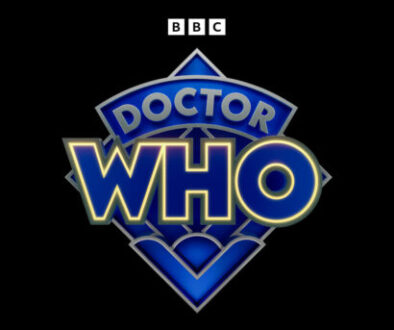Doctor Who – “The Church on Ruby Road” Review – The Doctor Dances
Clint Hassell gives his SPOILER-filled commentary on the 2023 Christmas special.
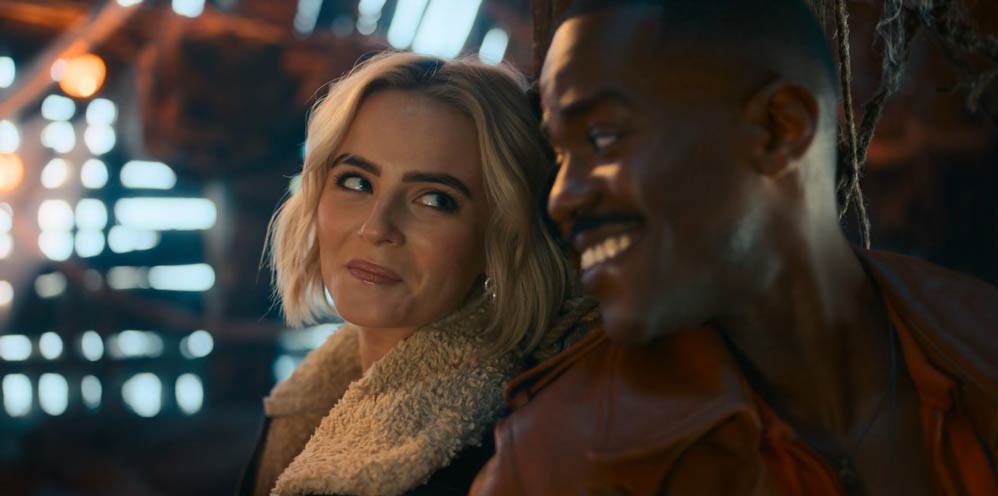
Note: this review contains full SPOILERS for the 2023 Christmas special.
Considering all it must accomplish—including establishing the Fifteenth Doctor, introducing a new companion, serving as a starting point for novice viewers, and entertaining long-time fansؙ—it shouldn’t be surprising that this year’s Doctor Who Christmas special is only incidentally Christmas-y. “The Church on Ruby Road” features no Dickensian adventure, no robot Santas or android angels, and no Star of Bethlehem-shaped spaceships. The episode makes up for its seeming lack of Christmas cheer by being quite funny, with standout jokes lamenting the difficulty in acquiring a cup of tea and light-heartedly mocking a fictionalized version of Davina McCall.
Despite featuring the Fifteenth Doctor in his first solo adventure, the most important aspect of “The Church on Ruby Road” might be how it reintroduces showrunner Russell T Davies to the program. Of course, Davies spearheaded the three 60th anniversary specials, but his presence there was largely overshadowed by the return of actor David Tennant and companion Donna Noble. In “The Church on Ruby Road,” Davies is freed from previous continuity and able to introduce both a new Doctor and a new companion—an opportunity the showrunner has not had since he revived Doctor Who with Christopher Eccleston and Billie Piper, in 2005’s “Rose.” It is no accident that “The Church on Ruby Road” recalls so much of “Rose,” as the Fifteenth Doctor is effortlessly charming, confident in his solitude, and naturally astute in a manner unseen since Eccleston’s Ninth Doctor. Consider how the Doctor is both dismissive and amusing, when confronted by a police officer:
The Doctor:“Name: The Doctor. Occupation: NOT a doctor. Current status: Just passing by. Employer: Myself. Address: That blue box over there. Now, if you don’t mind, I just got snowmanned, and I would like to go home.”
Truly, Davies writes the Fifteenth Doctor more like Nine than any other incarnation.
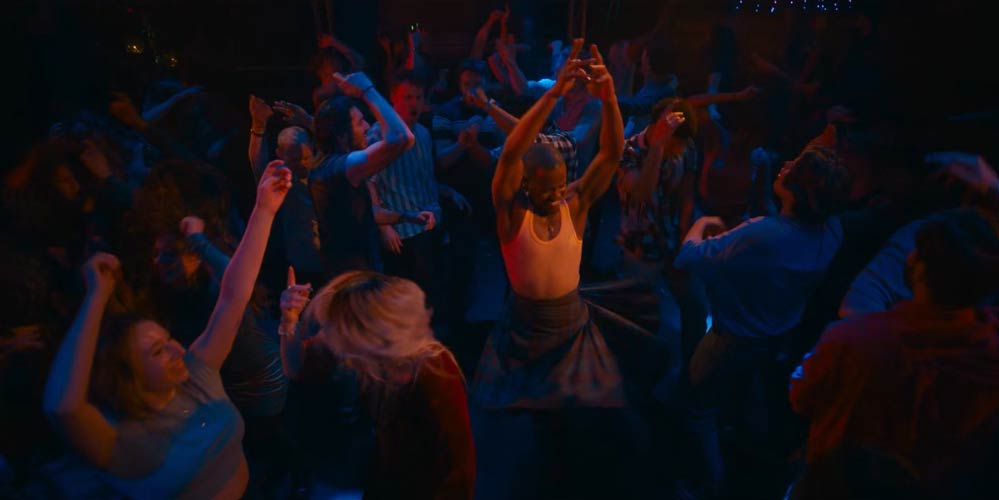
This choice is a masterstroke, as it allows the audience to compare the “same” Doctor at two points of his life. Take the scene, underscored by Hybrid Mind’s “Touch,” in which Ruby first sees the Doctor. Here, the Time Lord is unbridled, having truly sent away his past baggage with his previous incarnation and loving life. By establishing the Fifteenth Doctor as similar to Nine in personality and manner, Davies is able to directly contrast the lightness of Fifteen with the existential guilt the Ninth Doctor felt over his role in the Time War.
Davies repeats this device in the episode’s third act, as the Doctor questions whether he is the “bad luck” in Ruby’s life. Suddenly, the Toymaker’s marionette show in “The Giggle,” featuring the unfortunate ends of former companions Amy, Clara, and Bill, is given context: it adds weight to this scene in “The Church on Ruby Road,” as this newly healed Doctor—a Doctor that has glided effortlessly through this literal song-and-dance of an episode—must confront the inherent darkness and mavity of his existence. Modern-era companions may leave the TARDIS changed for the better, but they rarely leave under happy circumstances.
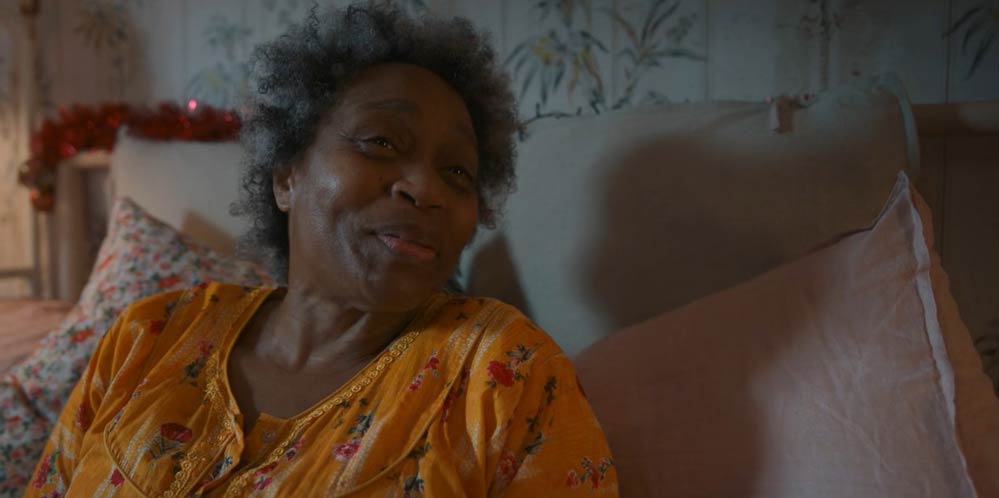
When Davies revived Doctor Who, he positioned the companions as central characters and fleshed out their personalities and families in a manner unseen in the classic series. True to form, “The Church on Ruby Road” heavily features the new companion’s family—perhaps even at the expense of Ruby herself, who quite literally disappears from the narrative in the third act. The episode works so hard to demonstrate that, while garrulous and quirky, Ruby is relatable. Look, she has friends! She’s clumsy! She takes the bus to do her shopping! She just wants to find her parents and figure herself out! While actress Millie Gibson is winsome and fun, the episode does little to differentiate Ruby beyond the standard “young, pretty, modern girl who wants to see more of the world than her situation will allow.” Davies takes a page from former showrunner Steven Moffat and crafts an intriguing mystery surrounding the character’s origins, but it is Ruby’s experience as a foster sister that proffers the most promise. Surely, Ruby must be selfless, have developed marvelous people skills, and be good at helping others cope—all of which will benefit her in her tenure as companion. Of course, Clara was initially written as being a caretaker, before being reconceptualized for Series 8, after her “impossible girl” storyline had concluded. Hopefully, Ruby develops more organically over the course of Series 14 and 15.
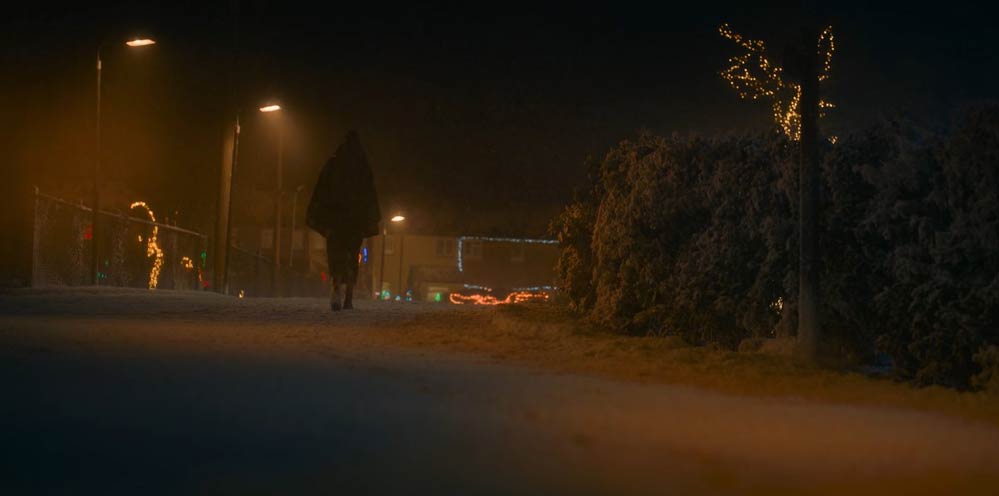
Despite Davies best efforts, some aspects of “The Church on Ruby Road” don’t quite work. Take the episode’s plot for example: the explanation that “chance and coincidence and luck make the baby tasty” is barely palatable, especially as the Goblins do seem to actively try to kill Ruby and Davina through “random” accidents. It also strains credulity that the Goblins are capable of time travel despite technology that is based on knotted ropes. Most critically, the threat of the Goblins is never very high. They hiss at Ruby and tie up the Doctor and his new companion but fail to attack the pair when they fall onto the conveyor belt-cum-baby buffet.
Additionally, the characters’ emotional responses often do not resonate in believable ways. Aboard the Goblin ship, Ruby is not as panicked about Lulubelle—or herself—as she should be. As capable a companion as she was, even Rose Tyler struggled with the extreme change to her worldview, in “The End of the World.” Does Ruby feel at ease, due to the Doctor’s charm? Normally, a compromise can be found between realistically portraying emotion and not terrifying young viewers. Here, the former is completely sacrificed in service of the latter. Similarly, Carla is too accepting of the Doctor’s presence, particularly when he enters her flat, after Ruby is erased from the timeline. The scene itself fantastically realizes Doctor Who’s sci-fi premise as, the moment Carla ponders “I wonder what I’d be without you,” time unravels around the characters, revealing that she and Cherry would be despondent and angry without Ruby’s influence in their lives. However, the impact of the scene is undercut by Carla’s irrational emotional response to the Doctor.
Finally, the ending of the episode is rushed, with little explanation afforded to several plot threads. Why does the wrecked Goblin ship disappear from Christmas Eve 2004? Why does the damage to the attic flat remain? At the end of the special, the ceiling and window are still broken, so it appears that Ruby has abandoned her found family to the cold until the series returns next year. More importantly, why doesn’t the Doctor investigate the identity of the woman who abandoned Ruby at the church? He knows that Ruby is looking for her family, after she has a conversation with Carla in front of the Doctor, and he clearly sees the woman walking away from the church. Of course, the answer is that this would spoil the mystery of Ruby’s identity, which is meant to be an ongoing subplot, but the Doctor’s actions feel uncharacteristic. Ruby’s entrance into the TARDIS is similar handwavium. Recognizing his role in the fates of his companions, the Doctor chooses to not ask Ruby to travel with him. However, the narrative needs her to board the TARDIS to entice viewers to return in five months for their further adventures. Thus, Ruby somehow quickly deduces that the Doctor is a time traveler and somehow knows to stumble outside, where somehow the Doctor has still not left, and an enigmatic Ms. Flood somehow knows that it is Ruby’s destiny to travel with him. That’s too many “somehows” for a writer as talented as Davies.
Random Musings
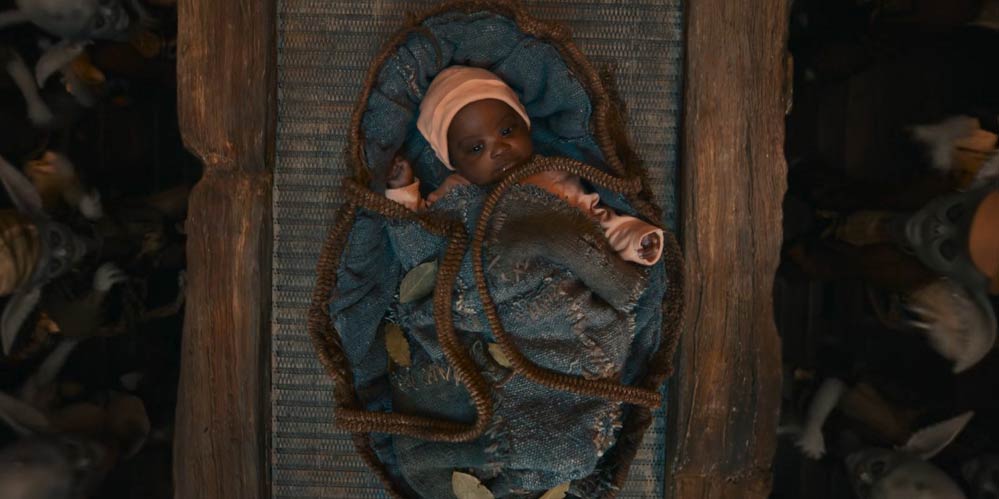
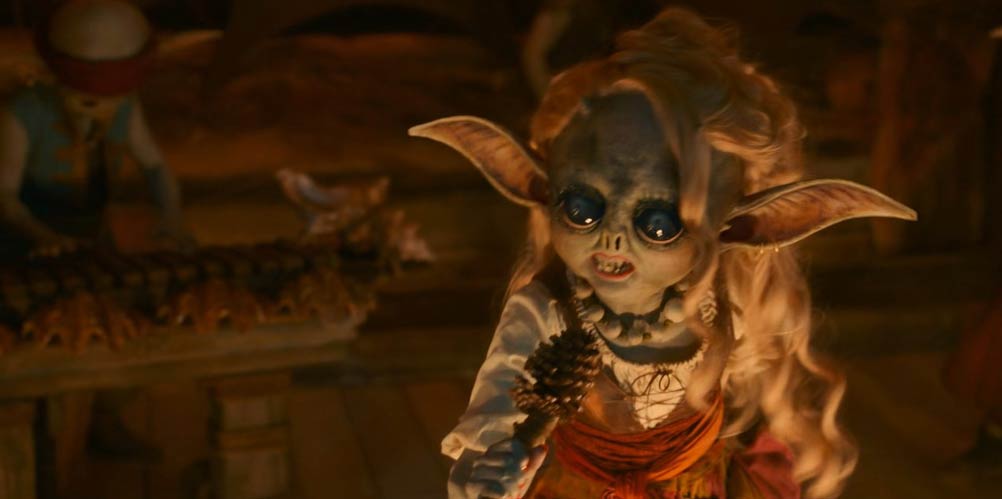
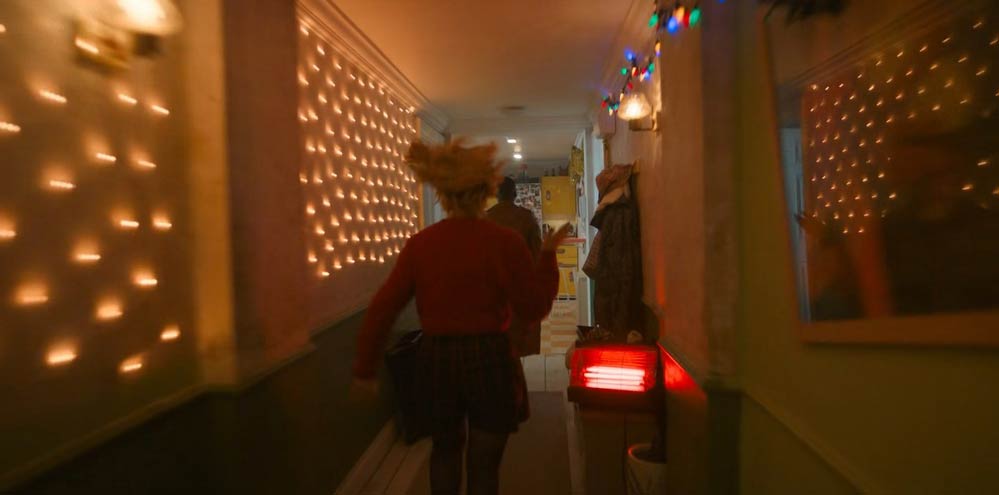
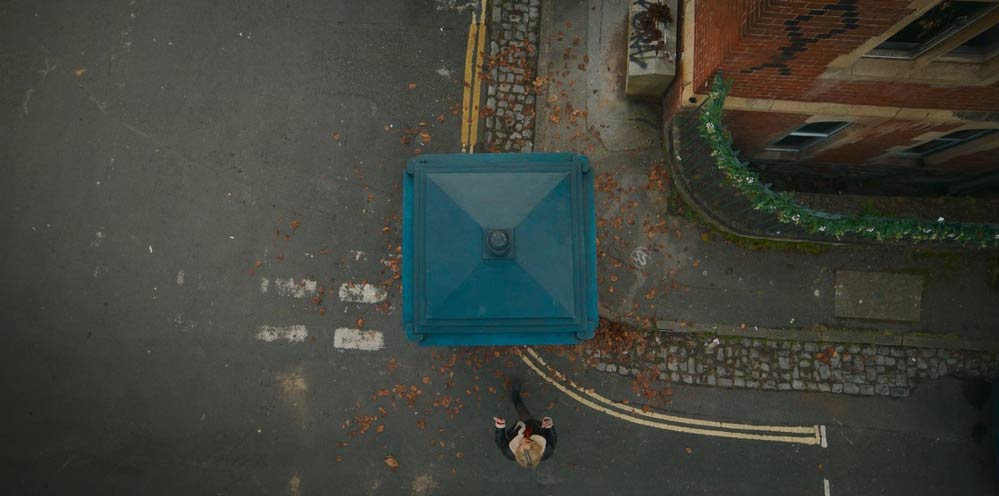
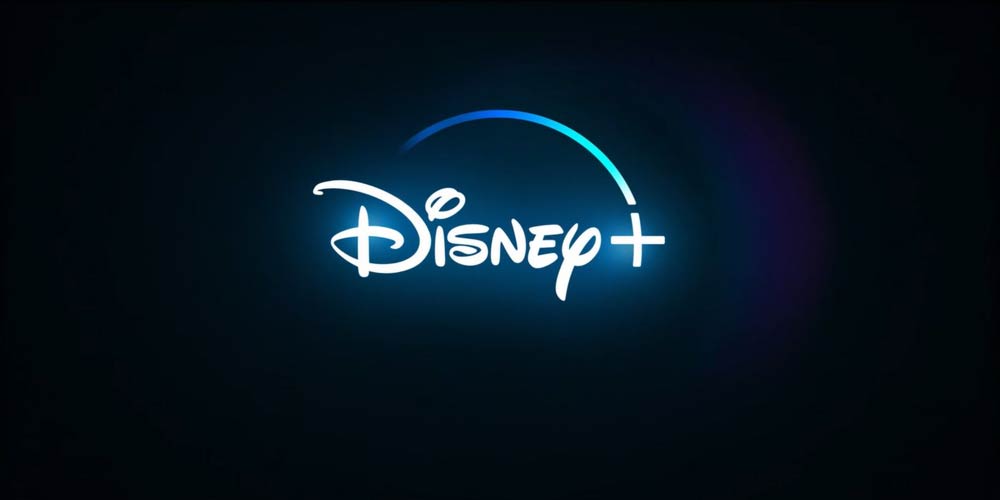
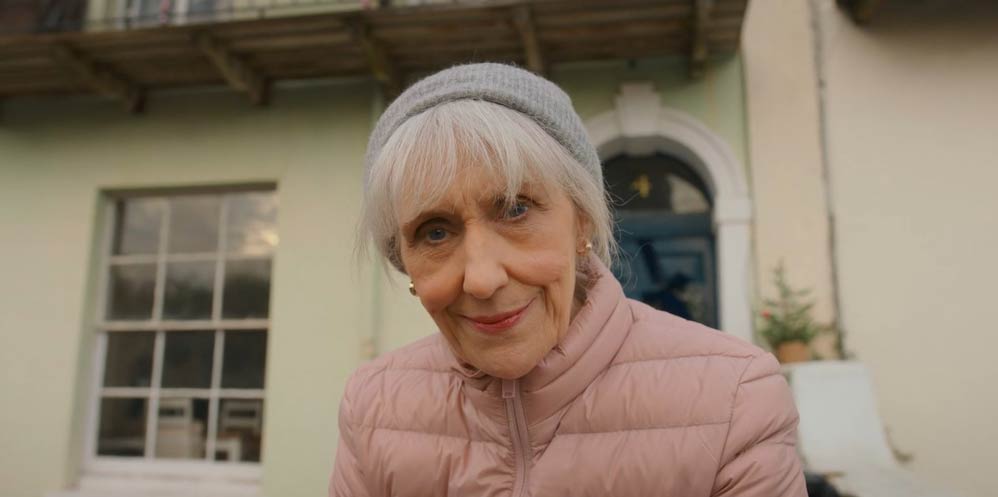
(Time) Capsule Review
“The Church on Ruby Road” features many of showrunner Russell T Davies’ signature tropes, including an emphasis on the companion’s family and a whimsical tone. Davies writes the Fifteenth Doctor as similar to Nine but lacking that incarnation’s existential guilt, allowing the audience to contrast the evolution of the Doctor as a character. Actress Millie Gibson is instantly likeable as new companion Ruby Sunday. The episode falters in the believability of the Goblin threat, the emotional response of the characters, and a too-convenient ending.
If you’d like to interact with the author of this article, follow him on Twitter @ClintHassell.




